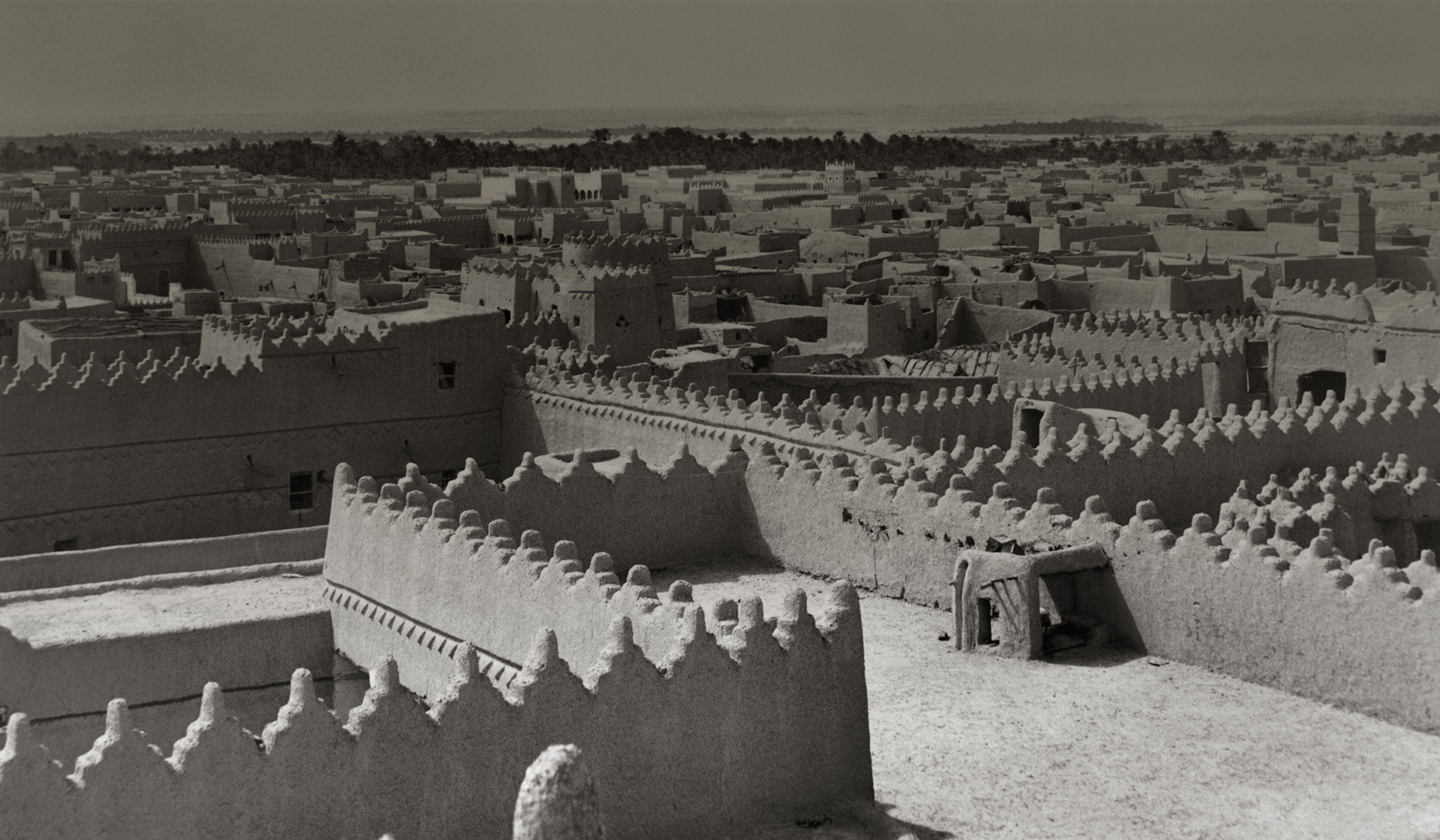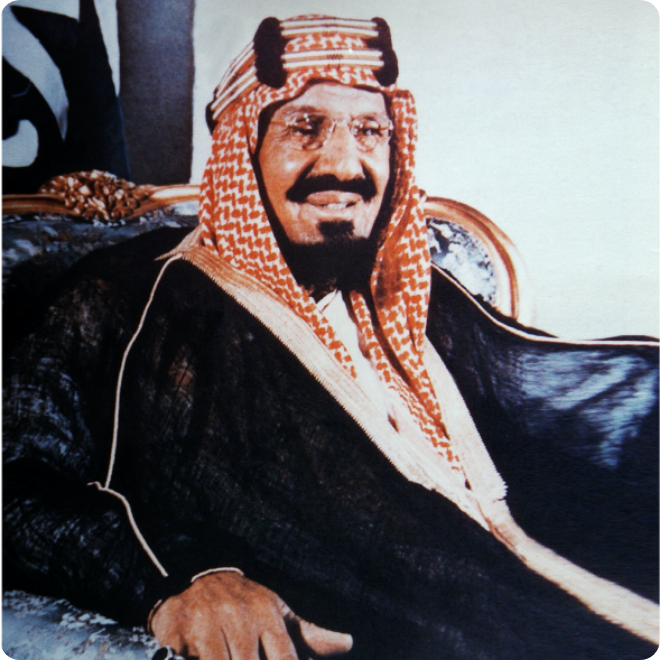Custodian of the Two Holy Mosques, King Salman bin Abdulaziz Al Saud
2015
The first hundred days of King Salman’s reign were considered one of the most important royal periods in contemporary Saudi history, during which many crucial and important programs were launched and implemented.
The birth of a new era, starting with the reorganization of state institutions, merging some ministries and establishing new ones. Followed by the reduction of bureaucracy by abolishing many higher councils and establishing two councils for economic and development affairs, and for political and security affairs, and financial restructuring instead, the appointment of qualified younger ministers who better reflected the broader class of citizens, and the launch of a phase of combating corruption and extremism.
King Salman then launched the Kingdom’s Vision 2030 and approved a number of programs and initiatives that were prepared under the supervision and guidance of His Royal Highness Prince Mohammed bin Salman Al Saud, the Crown Prince.
Under the direction of King Salman, and through the Kingdom’s G20 presidency in 2020 the member states came together to confront the impact of COVID 19 on people’s lives, livelihoods and on the global economy. The Saudi G20 Presidency was instrumental in supporting poor and developing nations through the crisis and in making sure vaccine and treatment efforts were invested in and fully supported for all those in need.
King Salman bin Abdulaziz has continued to take crucial decisions to bring about change in the Kingdom and address the challenges and restrictions that were hindering the country's growth and openness, most notably: reducing administrative and financial corruption, empowering women in the labor market, allowing women to issue driving license, judicial change and development, and growing the tourism, entertainment & cultural sectors. And by making sure Saudi businesses were supported in developing the capacity and skills to produce more and provide jobs in the country.
King Salman bin Abdulaziz also focused on expanding the Al-Masjid Al-Haram, and the Prophet’s Mosque to facilitate the performance of Hajj, Umrah and visiting rituals, and conducting qualitative rehabilitation of the Zamzam Well.

